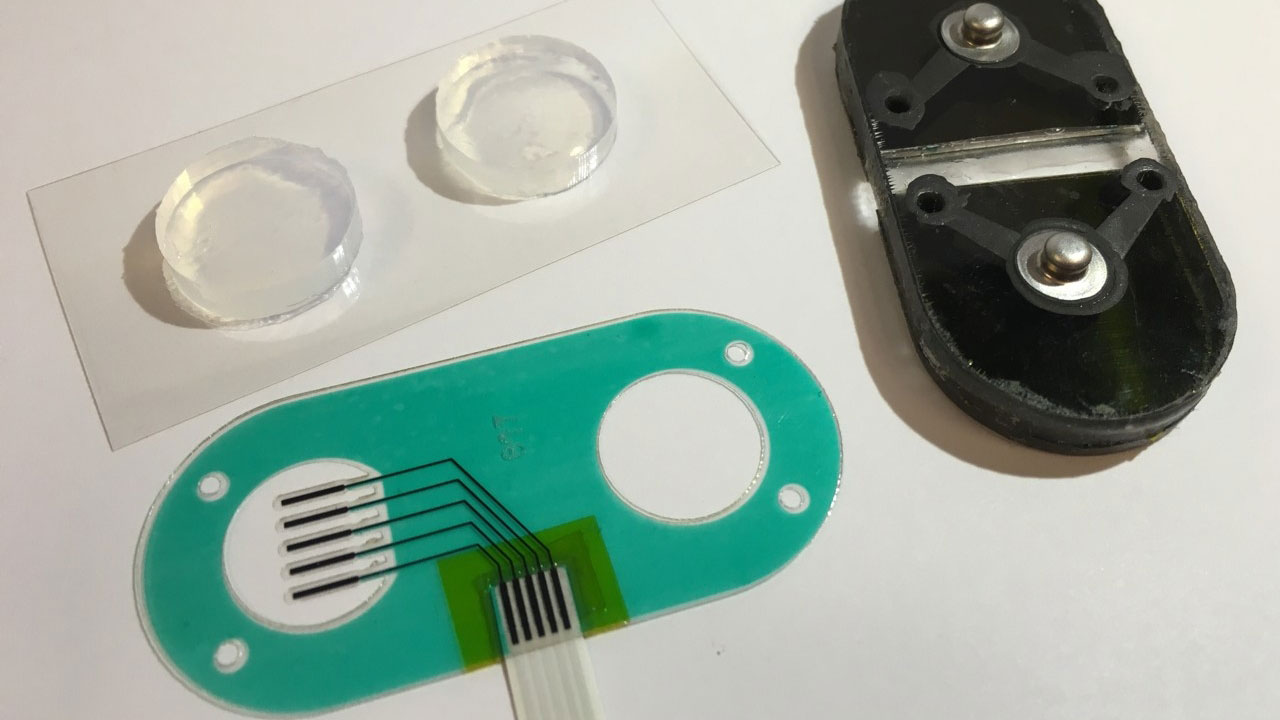Your fitness tracker could one day make you sweat while doing nothing
Don’t sweat it

Researchers at the University of Cincinnati have developed a device that not only measures your biometric levels by analyzing your sweat, but can stimulate your sweat even when you're not exerting yourself.
The band-aid sized device was created by UC professor Jason Heikenfeld and UC graduate student Zachary Sonner, and is able to produce a sweat response without heat or activity from the user.
With the rise of fitness trackers and smartwatches filled to the brim with biometric sensors, the little detectors that can measure your body's levels are hot property, and one of the areas that's attracting a lot of interest is sweat sensors.

Without doubt, the holy grail of accurate readings is blood measurement, but getting readings from blood is often painful and invasive, so sweat is turned to as the next-best alternative.
Sweat can be used to measure hydration levels, stress levels (by measuring cortisone), and could potentially be used to measure glucose levels, which would be revolutionary for diabetics and pre-diabetics.
Sweating for days
The main problem with a sweat sensor is that in order for it to take readings the user has to sweat. This is fine if you’re in the middle of running a marathon, but not so great if you’re sat on your sofa, four episodes into a binge of Suits.
The technique published in The Royal Society of Chemistry’s journal Lab on a Chip solves this problem by stimulating sweat from the one specific area that the sensor needs. This is done using a combination of chemical and electrical stimulation.
Sign up for breaking news, reviews, opinion, top tech deals, and more.
An electrical current of 0.2 milliamps drives a small amount of a substance called carbachol into the upper layer of the skin, and stimulates sweat glands. If that sounds unpleasant, we don’t think there’s too much to worry about. Carbachol is used in eye drops to treat glaucoma, and 0.2 milliamps would be physically imperceptible, so the user would likely feel nothing.
During the study, the team measured data obtained over the course of 30 minutes drawn from the electrolyte content of the subject’s sweat. The chemical and electrical stimulation was successful at producing sweat for five hours during the test. Heikenfeld said that in a subsequent study that carbachol was able to produce sweat for several days.
The combination of a chemical element would likely mean that if this technology was used in a mainstream fitness tracker the device would incorporate a chemical insert that the user had to change every few days; however, as this technology is still at the research stage, we’re probably a long way off seeing it on our wrists.
- Want to see the best fitness trackers currently available? Check out: Best fitness tracker 2017: the top 10 activity bands on the planet

Andrew London is a writer at Velocity Partners. Prior to Velocity Partners, he was a staff writer at Future plc.